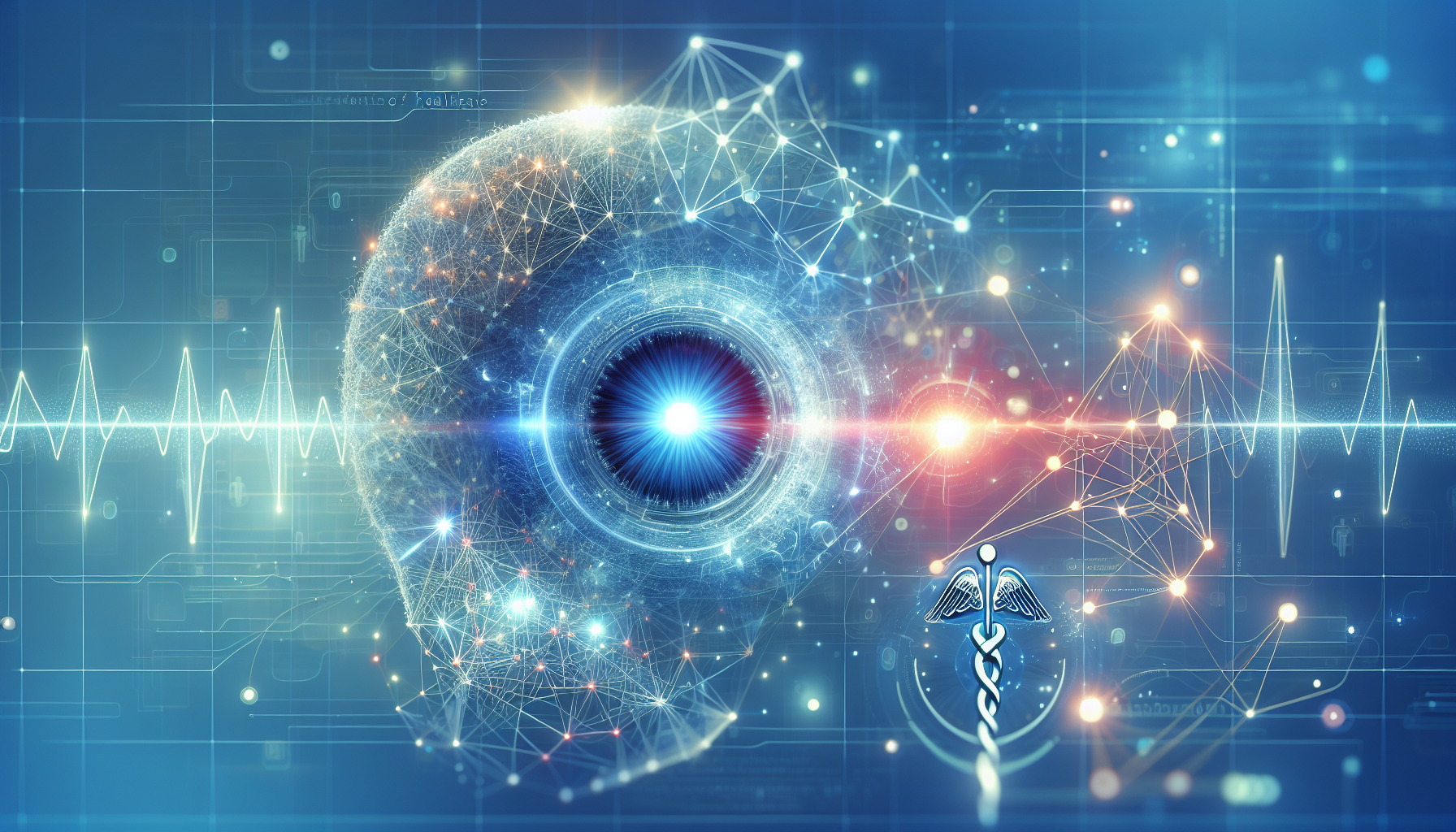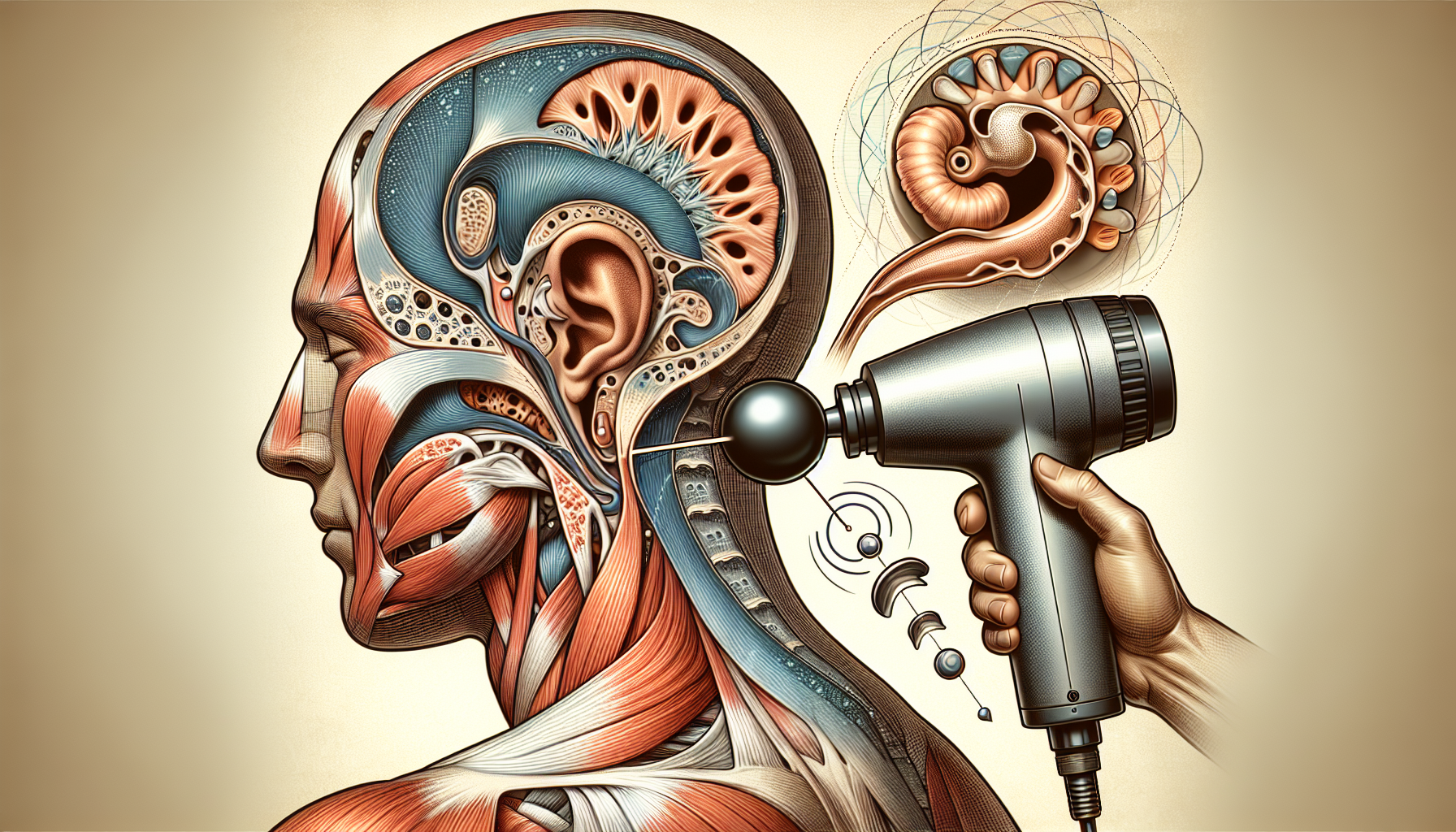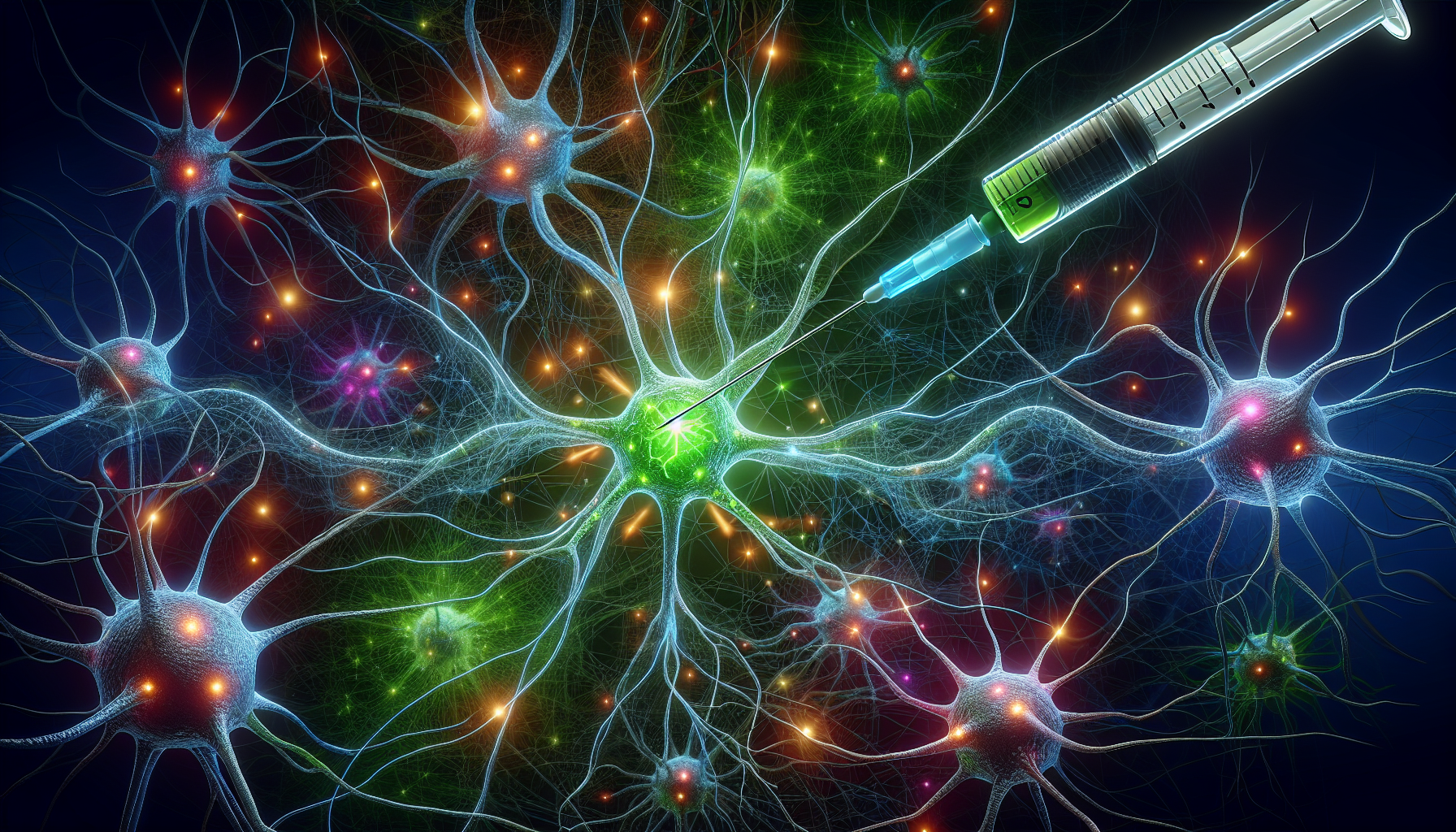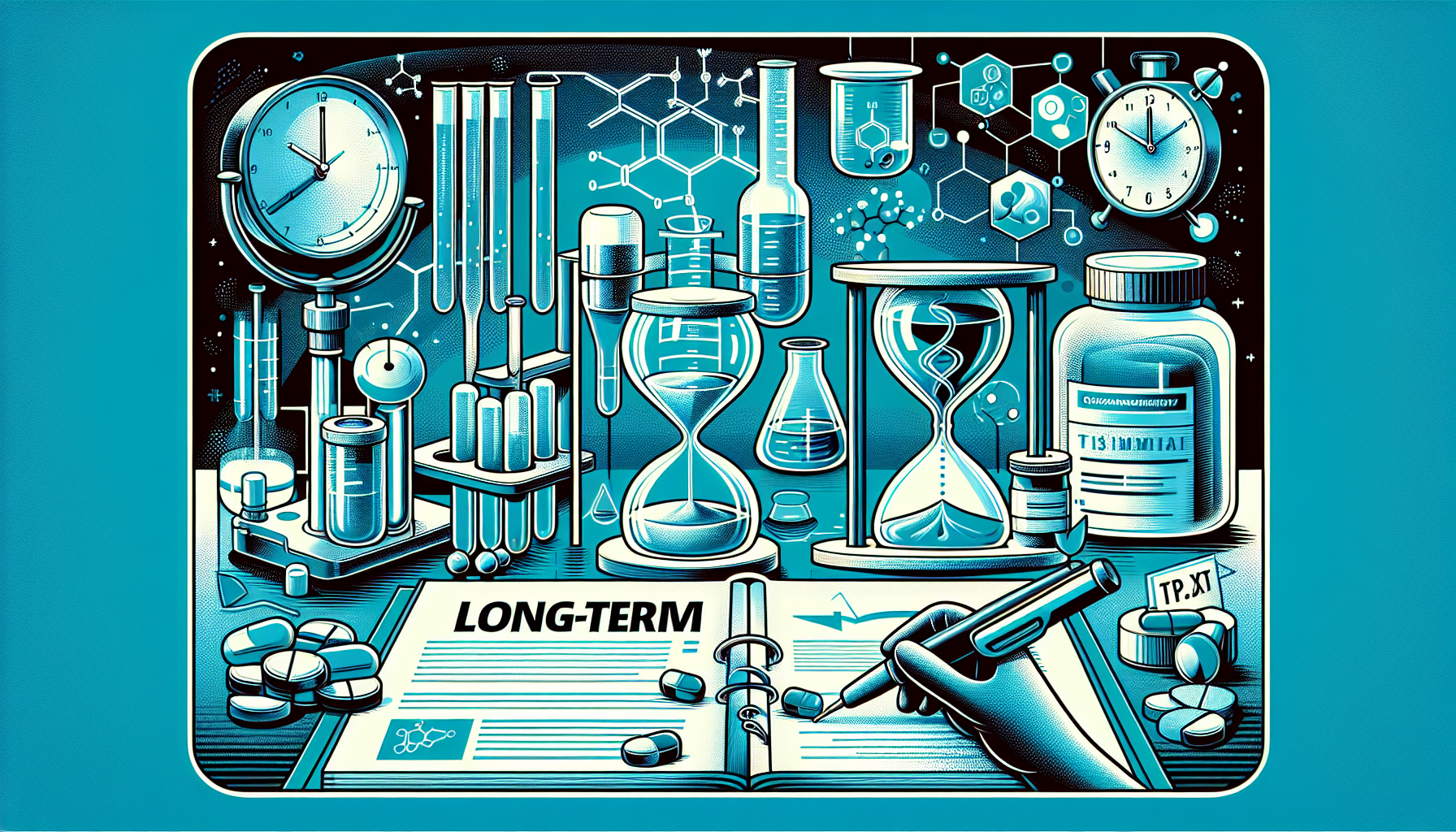Exploring the Impact of Negative Myoclonus in Progressive Myoclonus Ataxia
Key Takeaways
- Negative myoclonus (NM) significantly exacerbates motor disabilities in Progressive Myoclonus Ataxia (PMA) patients, leading to more severe symptoms like frequent falls and walking difficulties.
- Neurophysiological assessments, such as video-electromyography-accelerometry and EEG analysis, are crucial for accurately detecting and classifying NM, which might not be evident through clinical evaluations alone.
- Genetic analysis reveals variations associated with NM presence, highlighting the potential for more personalized treatment approaches and emphasizing the importance of integrating neurophysiological studies into routine clinical assessments for better management of PMA.
Did You Know?
Introduction to Negative Myoclonus and Progressive Myoclonus Ataxia
Progressive Myoclonus Ataxia (PMA) is a neurological disorder characterized by quick, involuntary muscle jerks and movement difficulties. A recent study has highlighted the significant role of negative myoclonus (NM) in exacerbating motor disabilities in PMA patients. NM, unlike typical myoclonic jerks, involves a sudden cessation of muscle activity, leading to additional movement challenges.
The study, conducted by a team of neurologists, focused on comparing PMA patients with and without NM to understand the broader implications of this condition on their motor functions.
Study Findings on Motor Impairments
The research revealed that PMA patients experiencing NM exhibited more severe motor symptoms compared to those without NM. These symptoms included frequent falls and pronounced difficulties in walking. The presence of NM was associated with a higher rate of drug-resistant myoclonus, indicating a complex treatment landscape for these patients.
Furthermore, the severity of ataxia and myoclonus was notably higher in patients with NM, underscoring the profound impact of this condition on their quality of life.
Neurophysiological Assessments and Their Importance
The study emphasized the critical role of neurophysiological examinations in detecting NM, which might not be evident through clinical evaluations alone. Techniques such as video-electromyography-accelerometry and EEG analysis were pivotal in identifying and classifying NM in patients.
These assessments help in understanding the underlying mechanisms of NM and tailoring more effective treatment strategies for affected individuals.
Genetic Insights and Clinical Implications
Genetic analysis of the study participants revealed variations in genes associated with NM presence. This genetic information could lead to more personalized approaches in managing and treating PMA.
The study also highlighted the necessity of integrating neurophysiological studies in routine clinical assessments to better identify and manage NM in PMA patients, potentially improving their overall management and outcomes.
Future Research Directions
The findings advocate for further research to delve deeper into the electrophysiological characteristics and classifications of NM. Understanding these aspects could unveil new therapeutic targets and intervention strategies.
Additionally, the study calls for larger cohort studies to validate these findings and refine the approaches for diagnosing and treating NM in PMA.
Conclusion
This study marks a significant step in understanding the intricate dynamics of NM in PMA patients and sets the stage for future investigations that could transform the therapeutic landscape for this challenging neurological condition.





